A beautiful Saturday offered up no shortage of imagery, including Sanders and Clinton backers at the Winter Farmer’s Market.
A bit later, fishing (Milford, WI) and Lake Mills’ Fargo Mansion at dusk.
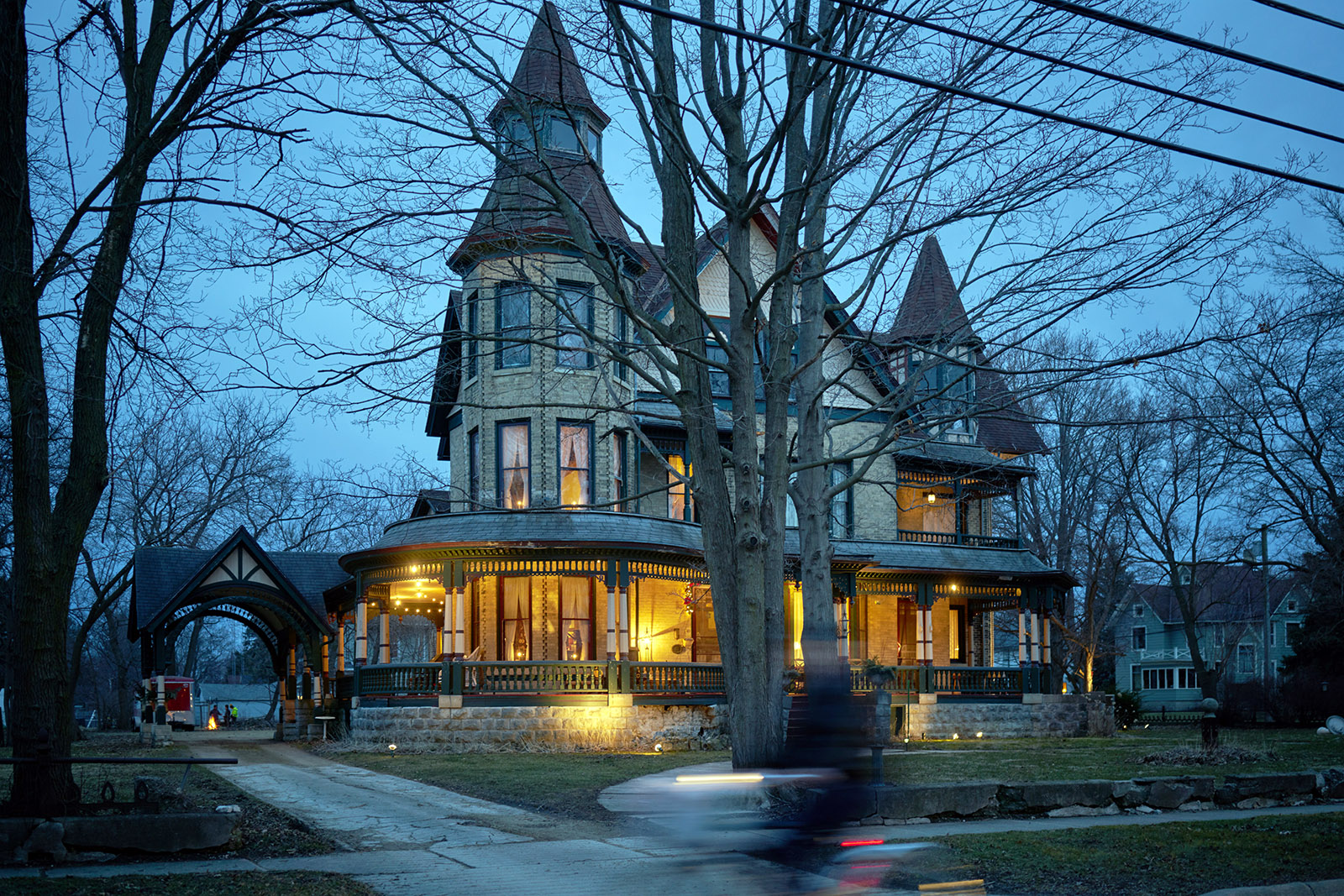

A beautiful Saturday offered up no shortage of imagery, including Sanders and Clinton backers at the Winter Farmer’s Market.
A bit later, fishing (Milford, WI) and Lake Mills’ Fargo Mansion at dusk.


The first is the color accuracy improvement, which is the same as dp Quattro’s I’ve explained before. The second is the EVF. To be honest, the Foveon sensor is not designed for movie. The quality of the EVF, such as the resolution, is not as good as the current mirrorless cameras’. However, the critical factor of the EVF is the delay time of the display. We’ve worked hard on this, and the delay time is 30-45ms, which is not inferior to the current mirrorless cameras. Even the resolution is not so high, the delay time is smaller. Comparing to dp Quattro, this speed is 40% faster. We’ve also worked hard on improving the super sensitivity. sd Quattro is one stop better than dp Quattro.
……
You might ask why I’m announcing a product whose release date is not clear. The answer is that, if I announce APS-C Quattro only today, and it is released, and then several months later I’ll announce the Quattro H. You might get really angry (laugh). I’m afraid of that, so I’ve decided to announce a little earlier and I let you take this into consideration.
The price is completely unforeseeable. The image sensor cost is not sure. As the number of the sensors is small, the price will become really high. There will be a price gap between these two models.
Thank you so much on listening for such a long time. The market situation is really tough for our company, but I’d like to introduce innovative products later this year, and also next year. Please expect our future products, and please support us.
Thank you very much.
This is just my personal opinion. In my view there are two key features that have to be addressed. The first is autofocus, particularly tracking of moving subjects. The other is the viewfinder. The electronic viewfinder would have to offer a certain standard. If those two functions were to match the performance of EOS DSLR camera performance, we might make the switch.
Tremendous progress has been made in electronic systems. However in terms of AF, pro-level AF functions, and the range of shooting situations that professional photographers can respond to, there’s still a gap between DSLRs and mirrorless systems.
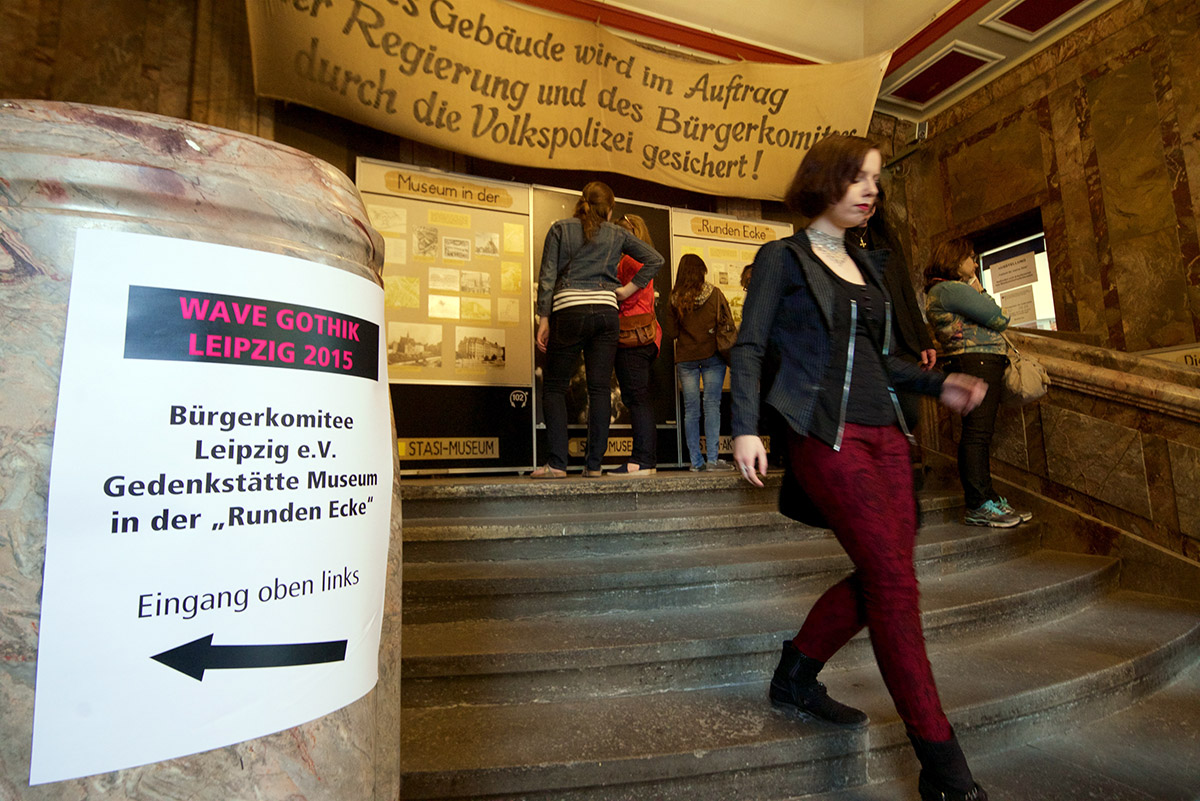





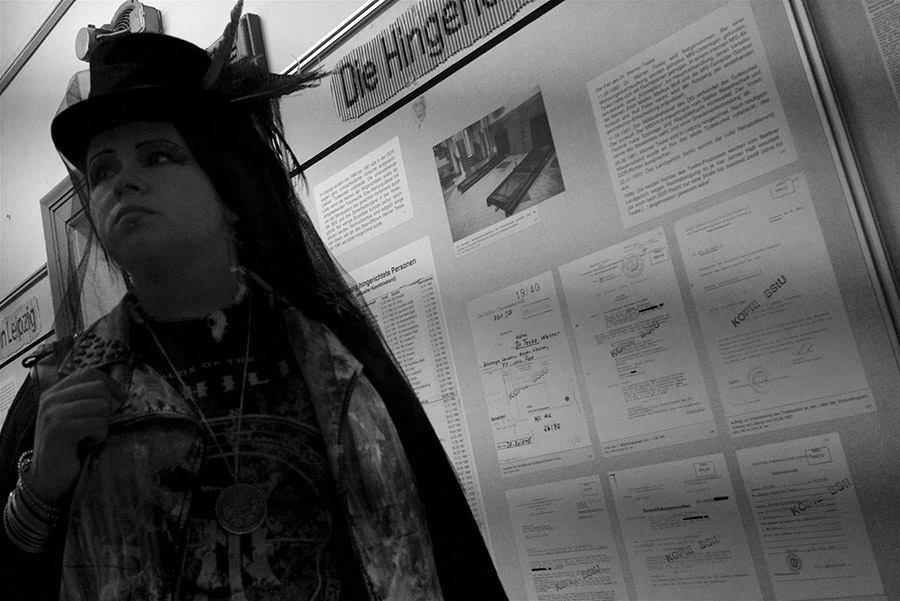



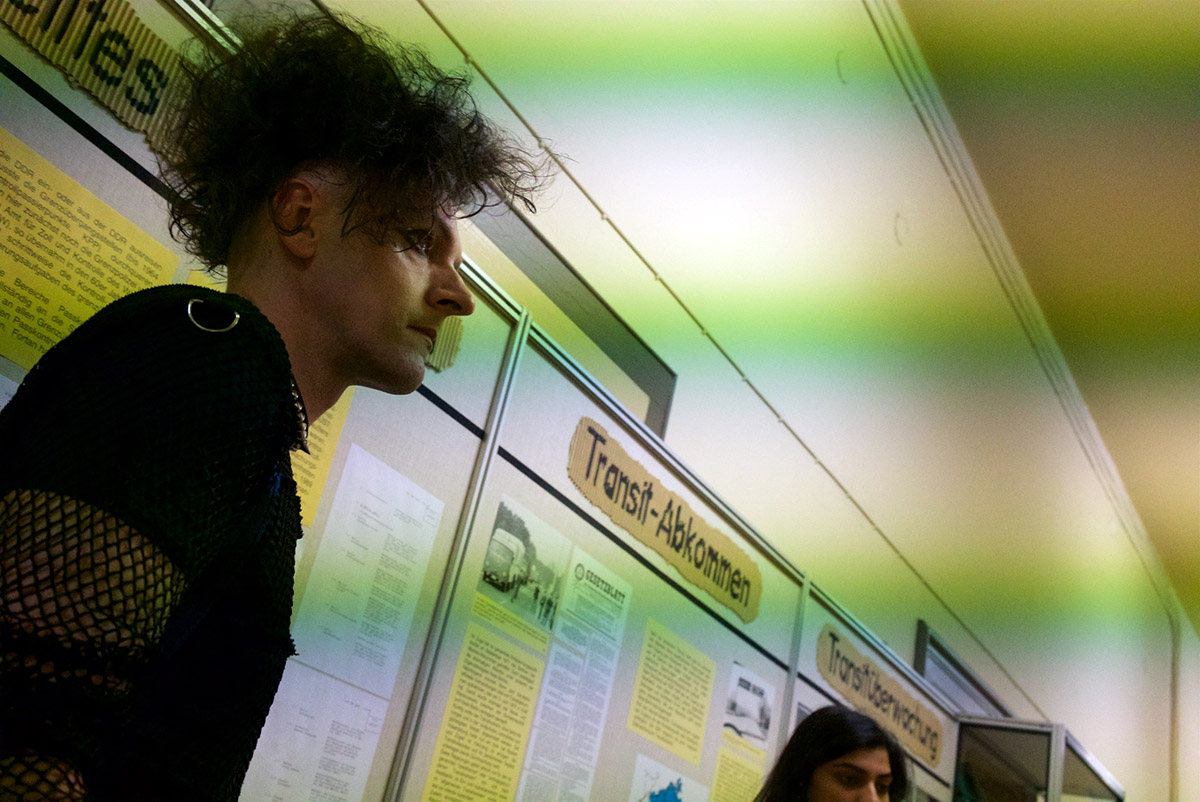

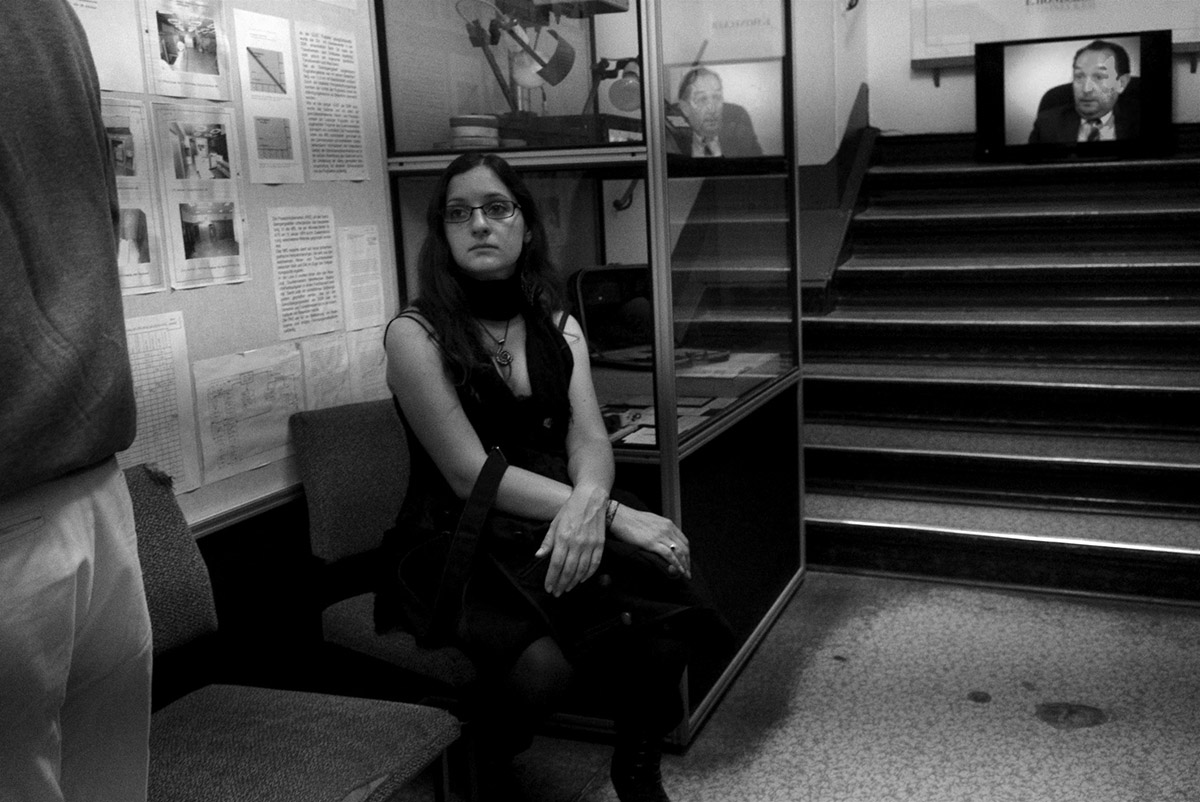

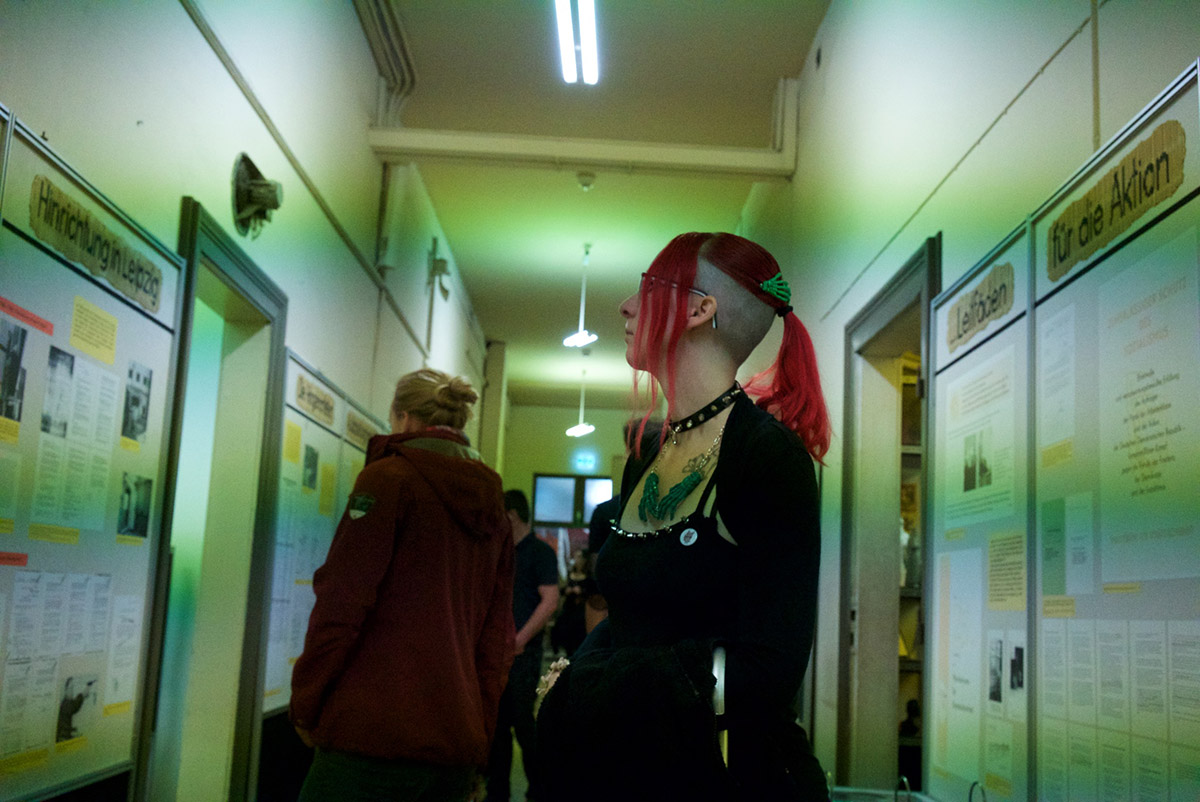
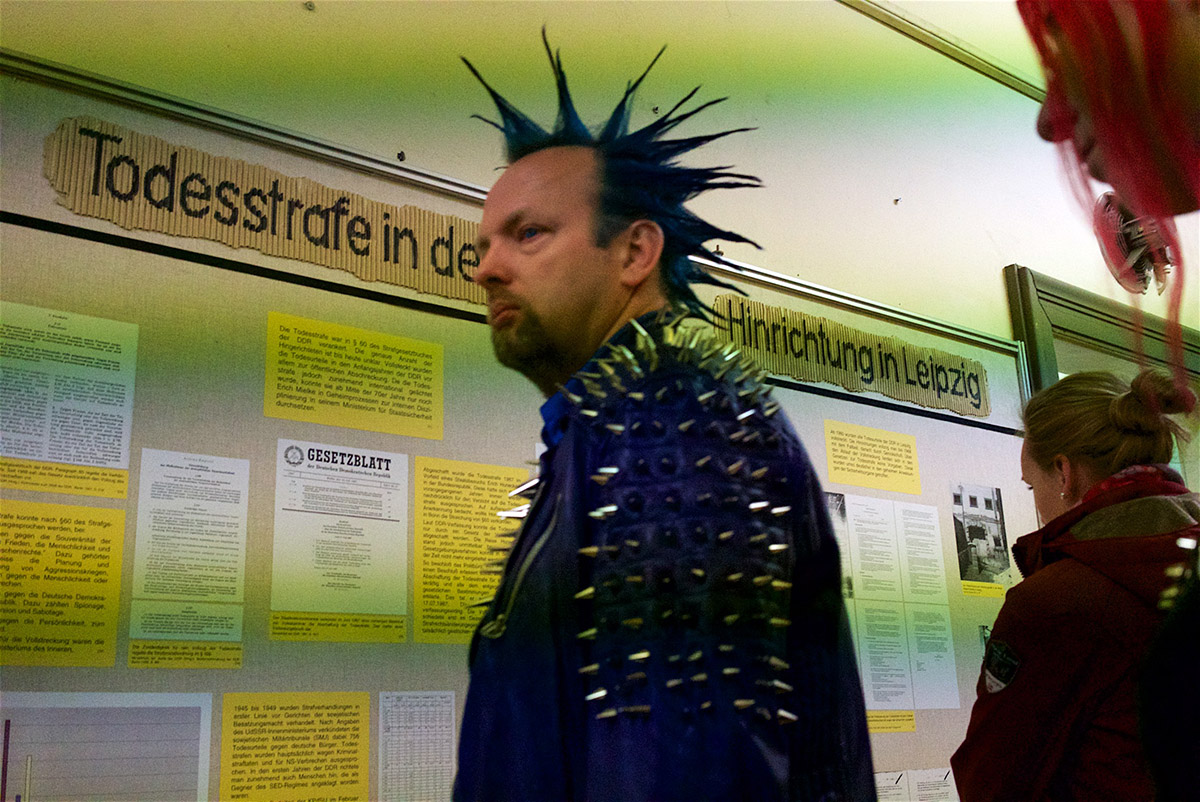
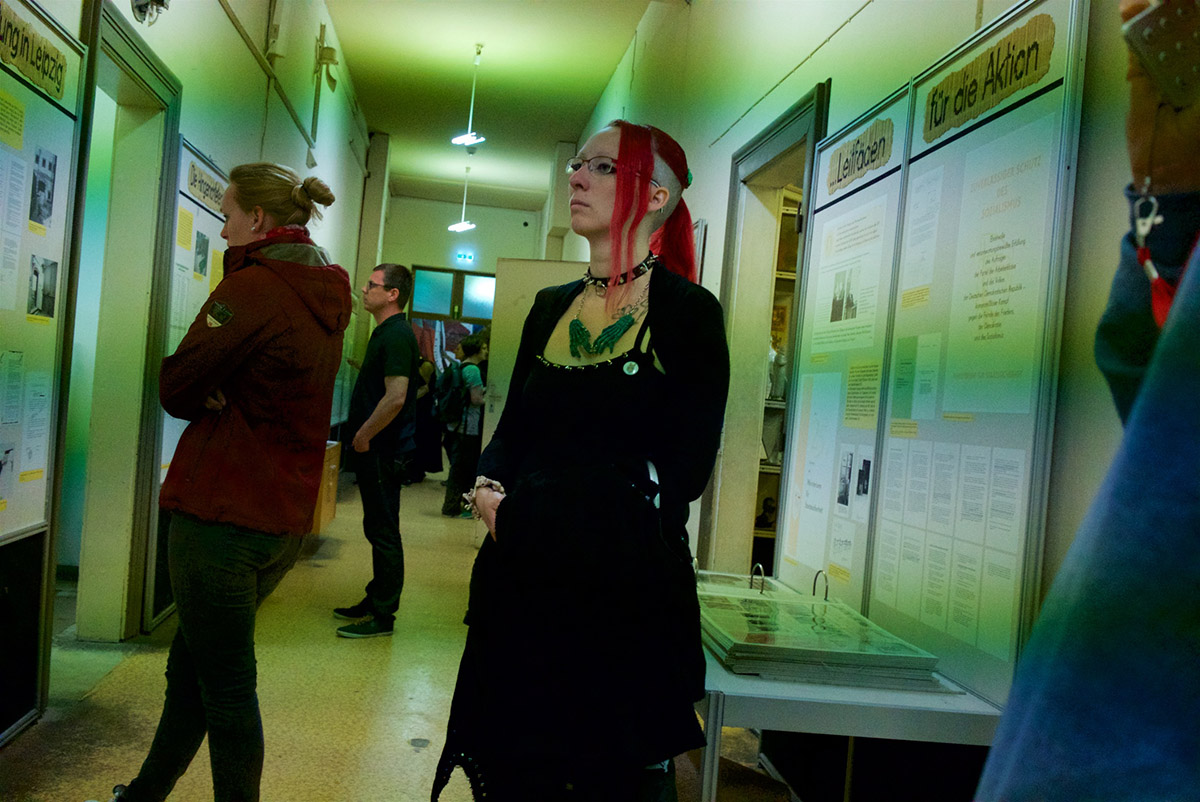



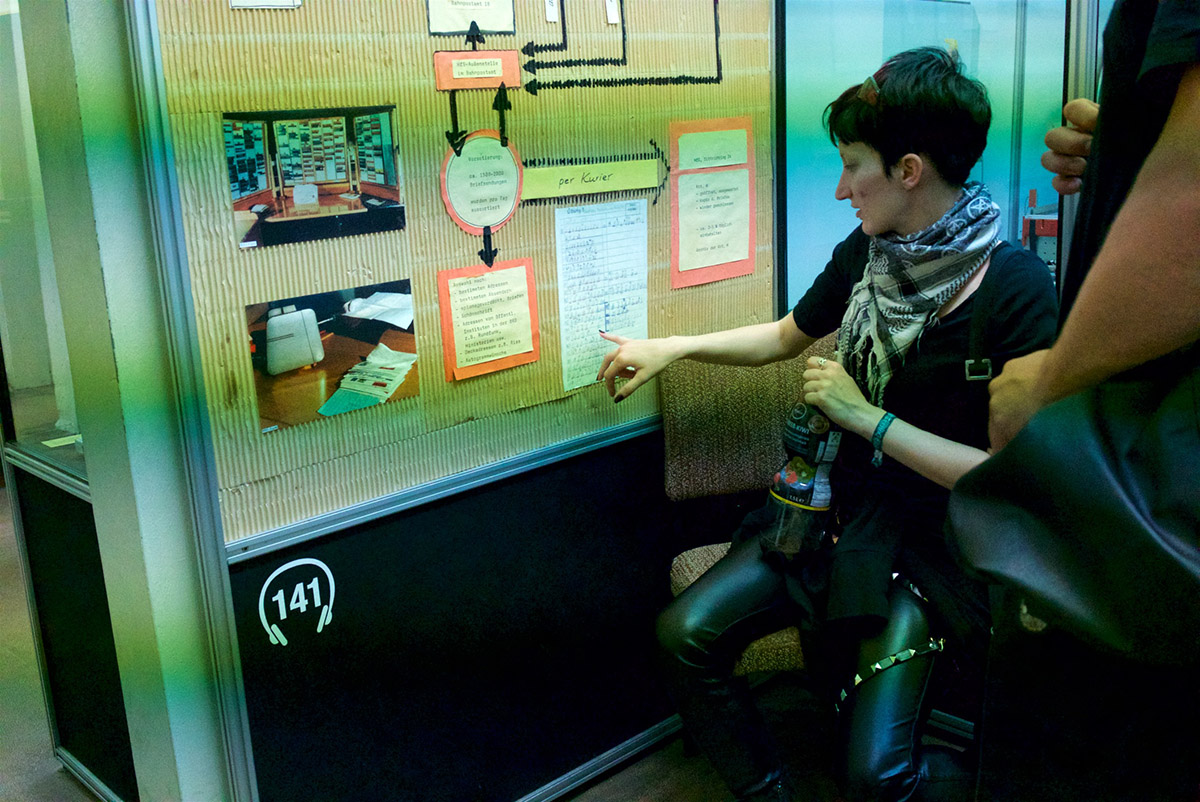



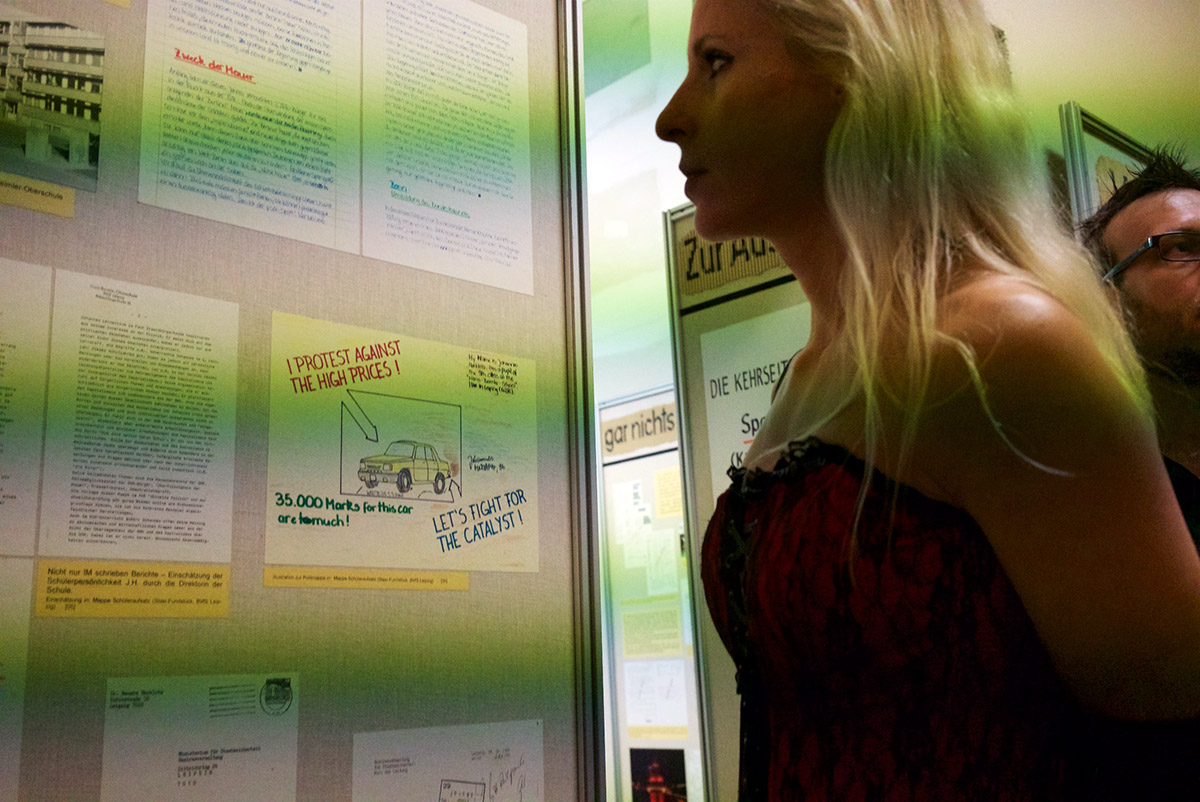
Worth a visit.
Website: “Runde Ecke” Memorial Museum and the Stasi Bunker Museum:
Welcome to the homepage of the Citizens Committee of Leipzig, the custodian of the “Runde Ecke” Memorial Museum and the Stasi Bunker Museum. We invite you to find out more about what we do and what we offer.
The Citizens Committee originated during the Peaceful Revolution in 1989 and is still committed to its central call for freedom and democracy. In August 1990 this non-profit association opened the exhibition “Stasi – Power and Banality” in the authentic premises of the former district headquarters of the “Stasi”, the secret service of the former GDR. During the subsequent years it has become a significant and continuing contributor to the process of reappraisal of the past in Germany.
Related: The Secrets of Surveillance Capitalism by Shoshana Zuboff.
Former Google CEO Schmidt to head new Pentagon innovation board by Andrea Shalal.
The stealthy, Eric Schmidt-backed startup that’s working to put Hillary Clinton in the White House by Adam Pasick and Tim Fernholz.
Finally, Eban Mobglen: Snowden and the Future.
In a 1975 interview with the New York Times, MAD Magazine founder Harvey Kurtzman recalled an illustration of a grinning boy he’d spotted on a postcard in the early fifties: a “bumpkin portrait,” “part leering wiseacre, part happy-go-lucky kid.” It was captioned “What, Me Worry?”
That bumpkin became Alfred E. Neuman, MAD’s mascot, who turns sixty this year—kind of. The impish, immutable redhead made his official debut in December 1956, when he appeared on the cover of MAD #30 as a write-in candidate for president. He’s appeared on almost every MAD cover since: possessing, spoofing, and spooking cultural icons with nothing more than a drowsy rictus. Though MAD gave him a purpose, a permanent home, his origin story remains elusive. It involves, among other things, a plum-pudding advertisement, a dubious lawsuit, and a traveling nineteenth-century farce
The prevailing media narrative for the last two U.S. presidential elections confirms what our high school math teachers always told us: It pays to be nice to nerds.
Technology, from social media to “big data,” has become the new key to campaign success. This narrative even holds true for political pundits—some people now refer to data geeks like FiveThirtyEight’s Nate Silver as the “true winners” of political elections since they started using technology and econometrics to predict outcomes as if they were the creepy water-hostage people in Minority Report.
In politics, the story now goes, the candidate who wields the most nerd weapons wins.
But now that every candidate has leapt on the digital bandwagon—in the same way that soda brands and insurance companies now crowd onto hip new social platforms like Peach and Ello faster than the average teenager—how true is the “most tech wins” hypothesis in 2016?
The legal dispute between Apple and the FBI might prove pivotal in the long-running battle to protect users’ privacy and right to use uncompromised encryption. The case has captured the public imagination. Of course, EFF supports Apple’s efforts to protect its users.
The case is complicated technically, and there is a lot of misinformation and speculation. This post will offer a technical overview, based on information gleaned from the FBI’s court motion and Apple’s security documentation.
What is Apple being asked to do?
Apple is being asked to assist the FBI’s ongoing investigation of last December’s San Bernardino mass shooting by providing software to unlock a phone used by (deceased) suspect Syed Rizwan Farook (though owned by his employer, the San Bernardino County Department of Public Health). Legally, the FBI is citing the All Writs Act, a general-purpose law first enacted in 1789 that can allow a court to require third parties’ assistance to execute a prior order of the court when “necessary or appropriate.” Judges have questioned the application of this general purpose law for unlocking phones.






Molokai Museum and Cultural Center (adjacent to the R.W. Meyer Sugar Mill).
Purdy’s Natural Macadamia Nuts.








Finally, I heard a beautiful rendition of “Praise God from Whom All Blessings Flow” on Molokai.
Tuesday morning music, Molokai
Daily verse, via notifications on your Watch, iPhone and iPad.
Citizens for Responsibility and Ethics in Washington:
This report and short video, released in partnership with Brave New Foundation, reveal the extent of the Pentagon’s revolving door phenomenon, in which retired high-ranking generals and admirals cash in on their years of military experience by taking lucrative jobs with the defense industry.
CREW found 70 percent of the 108 three-and-four star generals and admirals who retired between 2009 and 2011 took jobs with defense contractors or consultants. In at least a few cases, these retirees have continued to advise the Department of Defense — all while on the payroll of the defense industry.



Wikipedia on Molokai.
When the Last Patient Dies by Alia Wong
Not so long ago, people in Hawaii who were diagnosed with leprosy were exiled to an isolated peninsula attached to one of the tiniest and least-populated islands. Details on the history of the colony—known as Kalaupapa—for leprosy patients are murky: Fewer than 1,000 of the tombstones that span across the village’s various cemeteries are marked, many of them having succumbed to weather damage or invasive vegetation. A few have been nearly devoured by trees. But records suggest that at least 8,000 individuals were forcibly removed from their families and relocated to Kalaupapa over a century starting in the 1860s. Almost all of them were Native Hawaiian.
Sixteen of those patients, ages 73 to 92, are still alive. They include six who remain in Kalaupapa voluntarily as full-time residents, even though the quarantine was lifted in 1969—a decade after Hawaii became a state and more than two decades after drugs were developed to treat leprosy, today known as Hansen’s disease. The experience of being exiled was traumatic, as was the heartbreak of abandonment, for both the patients themselves and their family members. Kalaupapa is secluded by towering, treacherous sea cliffs from the rest of Molokai—an island with zero traffic lights that takes pride in its rural seclusion—and accessing it to this day remains difficult. Tourists typically arrive via mule. So why didn’t every remaining patient embrace the new freedom? Why didn’t everyone reconnect with loved ones and revel in the conveniences of civilization? Many of Kalaupapa’s patients forged paradoxical bonds with their isolated world. Many couldn’t bear to leave it. It was “the counterintuitive twinning of loneliness and community,” wrote The New York Times in 2008. “All that dying and all of that living.”
Soccer fans from Dortmund and Wolfsburg were in abundance at the impressive Wintergarten.